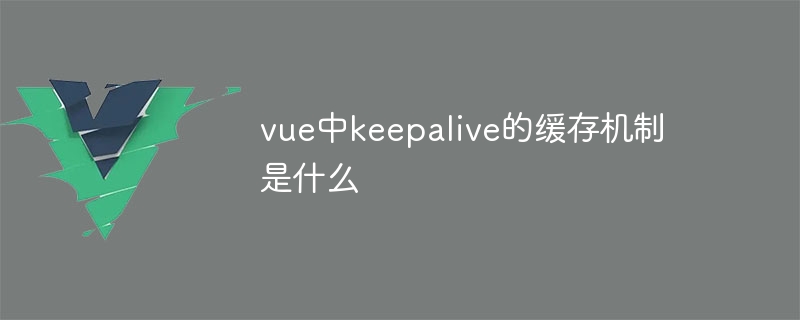
The keep-alive caching mechanism in Vue includes: caching the state and DOM of specific subcomponents, optimizing performance and retaining dynamic data. Caching is triggered when a parent component renders for the first time, when a child component is manually activated, and when a cached component is activated again. Cache objects are stored inside keep-alive components, independent of Vue instance state. Invalidation mechanisms include re-rendering of parent components without sub-components, explicit destruction of sub-components, and cache limit. The benefits of caching include performance improvements, dynamic data retention, and smooth page transitions.

The caching mechanism of keep-alive in Vue
keep-alive is a component in Vue.js that allows a specific child component to maintain its state and activity when the parent component is re-rendered. The caching mechanism is as follows:
1. Cache object
In the keep-alive component, each cached sub-component has a The corresponding cache object. This object contains the following information about the child component:
2. Caching timing
When a subcomponent is wrapped in keep-alive, it will be cached under the following circumstances:
v-if or v-show to switch)3. Cache storage
The cache object is stored in the internal state of the keep-alive component. This means that the state of the child component and the state of the DOM and Vue instance are separate.
4. Cache access
When the keep-alive component renders again and reactivates a cached child component, it will be retrieved from the cache Retrieve the cache object of this subcomponent from . It will then recreate the child component instance and use the cached object to restore its state and DOM.
5. Cache Invalidation
When the following occurs, the cached subcomponent will be invalidated and removed from the cache:
keep-alive's max attribute is limited The maximum number of caches, and newly cached subcomponents will replace the oldest cacheAdvantages
keep-alive's cache The mechanism provides the following advantages:
The above is the detailed content of What is the caching mechanism of keepalive in vue. For more information, please follow other related articles on the PHP Chinese website!